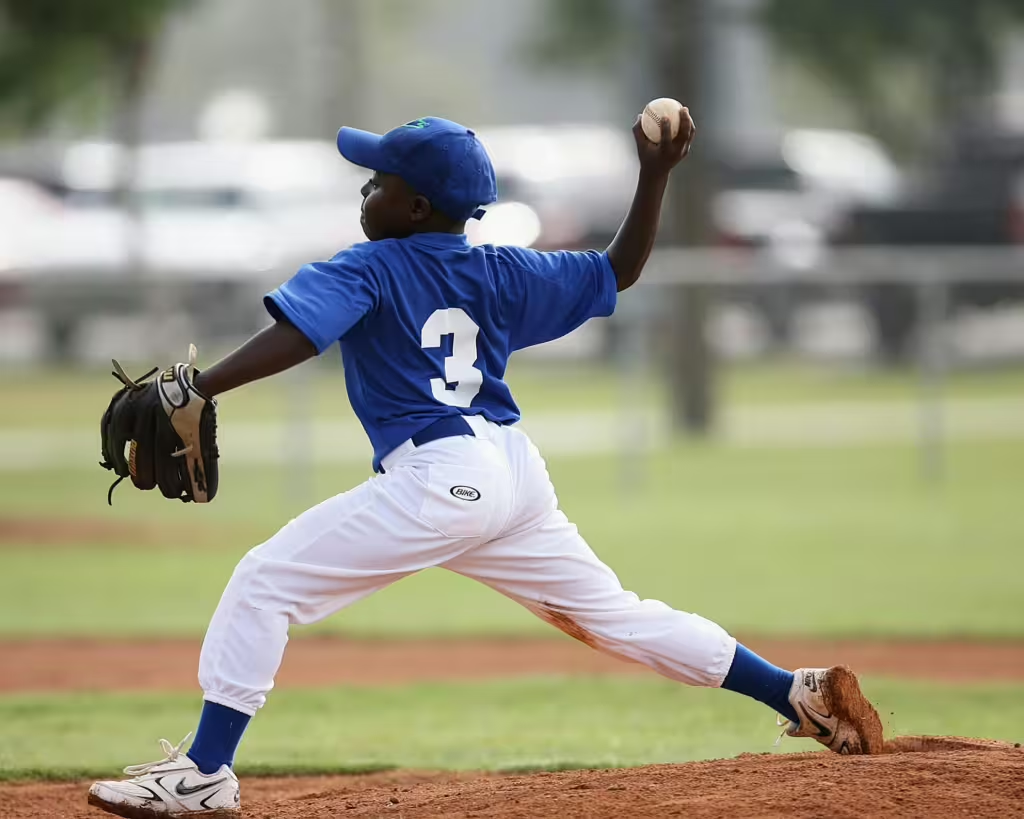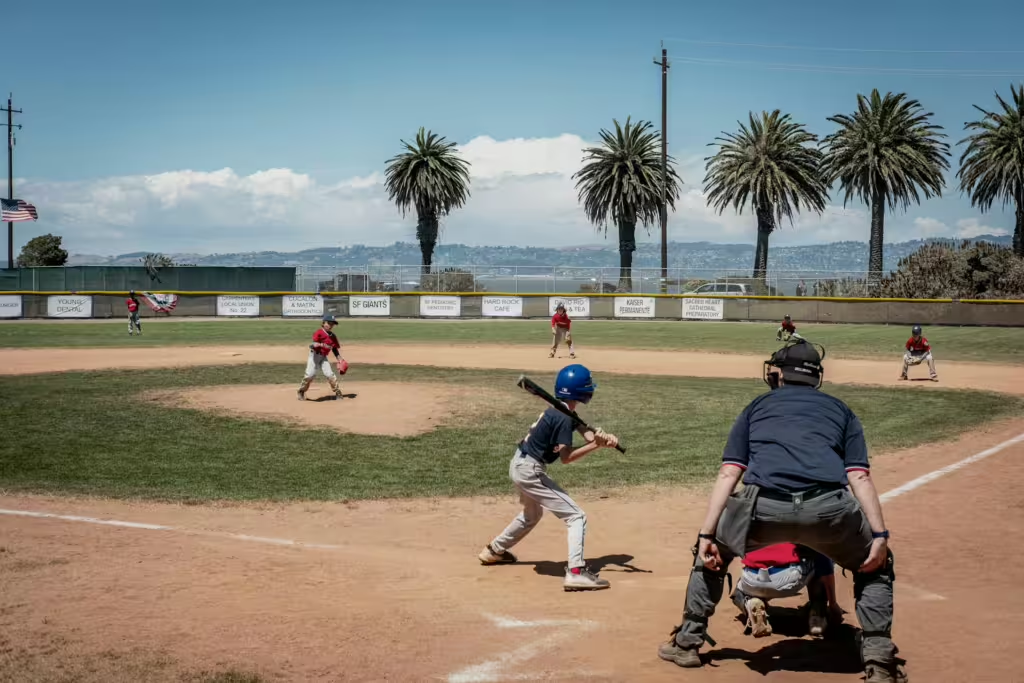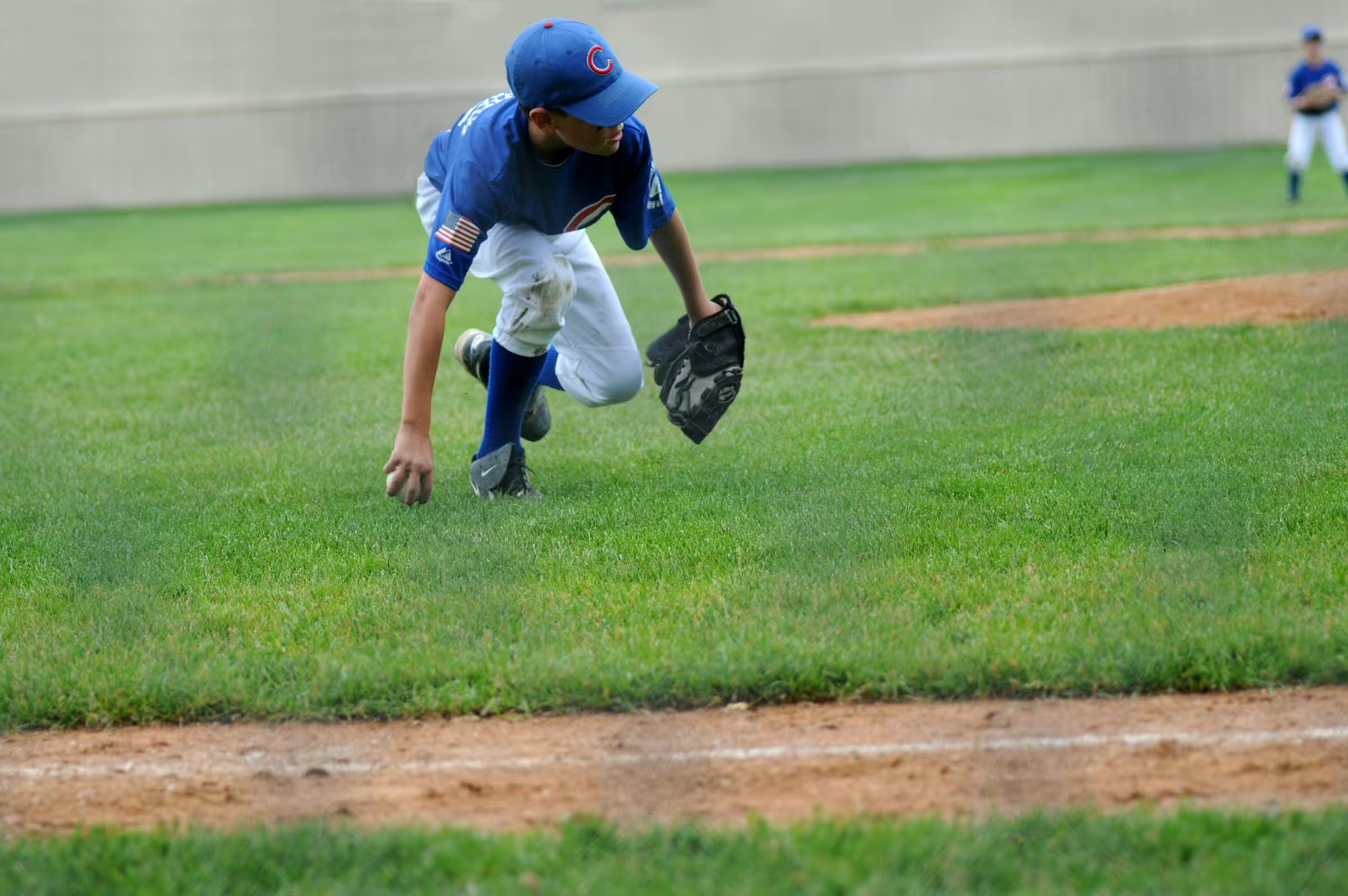For the past few centuries, baseball has been America’s favorite pastime. Many generations have found excitement, joy, and comfort watching two teams of players knock a ball around a diamond with bats. Americans play baseball in sandlots, community parks, schoolyards, and backyards. They watch professionals play in huge arenas and stadiums, cheering them on and finding common cause with millions of fans all over the world. Millions of children all over the world have learned to play the game and have aspired to greatness, eventually becoming sports legends in their own right. For many of those children, baseball is actually their first youth sports experience.
In this article, we will talk about how youth baseball first came about in the United States, We will delve into its origins, its rules, and see how it has developed over the last hundred or so years to become the game we know and love today. This exploration of baseball’s history is important because it may help parents to divulge to their children why the sport is so persistent, so enduring, and so enjoyable for young athletes to engage with.
1800s: The Roots of the Game
Our search for the meaning and value behind youth baseball takes us first, to the very beginning. Despite being around for all of our lives, baseball has only been around for a few hundred years. You might think that isn’t very long at all, but most modern competitive sports, including soccer, rugby, and football, all began in the 19th century.
Baseball is no different, though its roots reach farther back and can be traced to older bat-and-ball games like rounders and cricket. The modern version that we recognize today first began to take shape in about 1840. Within two decades, baseball had caught on in a big way; around adults, anyway. Adult teams and leagues began forming in major cities around the 1850s and 1860s. Youth games, however, had already begun cropping up anywhere there was a stick, a ball, and an open space.
As one might expect, baseball was a grown man’s game in those days. Organized youth participation wasn’t even a pipe dream and so, children who wanted to learn the game could only do so by watching adults play or by playing pick-up games in the streets. Nevertheless, this type of informal play was important to the evolution of the sport. The peoples’ love of baseball spread quickly across social and geographic lines and, by the early 1900s, baseball was well on its way to becoming the national pastime.

Early 1900s: The First Organized Youth Teams
The early 20th century made baseball a house hold name and as a result, kids from all over the country wanted to begin playing in a more organized capacity. In the 1920s, many cities across the country attempted to start youth leagues of their own. Such leagues were typically sponsored by churches, schools, and community centers; and not much has changed in that regard even in the modern day. There was no official Little League to speak of, however, and certainly nothing at a national level.
Then, in 1939, Carl Stotz of Williamsport, Pennsylvania, came up with that very idea. He was frustrated by the lack of opportunities baseball held for boys under the age of 13 in a formal capacity. Thus, Little League baseball was born. Kids would have a league of their own and their portion of the sport would feature rules and lessons tailored to their developmental age. A few short years later, the first Little League World Series was held in Williamsport. It was 1947, a mere eight years after the league’s formation!
Post-War Boom: Baseball and the Baby Boomers
After World War II, youth baseball exploded in popularity and that didn’t abate when the baby boom came to pass. A new generation of parents was eager to get their kids outside and involved in wholesome activities, and baseball, America’s favorite sport, certainly fit the bill. Thousands of communities in every state had their own Little Leagues by the 1950s. High school and college baseball also saw a huge uptick in popularity.
1960s–1980s: Inclusion and Change
In the mid-twentieth century, around 1970 or thereabouts, the women’s rights movement began to infiltrate youth sports. There was some reticence by the “boy’s club” that was national baseball, but in 1974, Little League was forced, by court order, mind you, to allow girls to play. Softball invariably became the more feminine choice of the two for many girls, but the fact was that they were allowed to play either; and that counted for a great deal.
Diversity and Civil Rights
The growing civil rights movement soon advanced and thus youth baseball became more accessible to players of different racial and socioeconomic backgrounds. 1989 saw the formation of Reviving Baseball in Inner Cities and other urban leagues, which were instilled as a means of reconnecting Black and Latino youth with baseball in underserved communities. Such programs were vital in making sure that baseball was truly a game for everyone.
1990s–2000s: The Rise of Tee-Ball, Travel Teams, and TV
By this time, children as young as four were able to play baseball by means of a novel sports invention known as tee-ball. This lower-level variation helped to introduce children to the game in a very low-pressure environment. The 1990s was an age of television and sports networks like ESPN began broadcasting youth baseball events, like the Little League World Series. This was yet another major step in promoting youth sports.

The 2010s: Baseball in a Changing Landscape
Competition from Other Sports
The interesting thing is, baseball has sort of waned a bit since the turn of the 21st century. In the bygone age of the 2000s, kids began choosing soccer, basketball, and football over baseball. In order to compete, youth baseball began implementing new innovations such as shorter game formats, smaller teams, and a greater emphasis on skills development and fun for those at younger, less competitive levels of play. So far, these efforts have proven successful in getting kids back onto the diamond; but time will tell if we see further uptick in baseball participation.
Youth Baseball and Your Child
Today, kids who want to play youth baseball can join recreational teams, competitive or travel teams. school leagues, inclusive or adaptive leagues, and more. Kids can play in their yards, attend baseball camp, or visit training centers when they aren’t at practice. As one might expect, parents are particularly important in facilitating this engagement. Not only do parents have to pay for gear and memberships, they have to travel with their kids to games and take them to and from practice. Parents can volunteer as coaches and even if they can’t take the time to do so, can cheer their kids on fro the bleachers just the same.
The Future of Youth Baseball
The future of youth baseball is as bright as it was during its humble beginnings. Modern innovations like apps, the Internet, and other such contrivances are helping make it accessible to everyone, as are necessary changes such as shortened games, non-traditional leagues, and co-ed leagues. Then there are the dozens of outreach programs that exist to ensure that underserved communities, kids with disabilities, and girls have full access to the game.

Cultured Athlete Says…
As you can see, baseball has had a long journey over the last century. Yet, like those who play it and succeed, youth baseball has emerged victorious amongst the cluttered youth sports landscape. From its humble beginnings on dusty sandlots to the international stadiums that host modern day pinnacles of sports prowess, baseball has helped to shape the lives of American citizens for countless decades. Baseball is so much more than hitting a ball with a bat or running around the bases, its about teamwork, community, physical fitness, and perseverance. And ultimately, it doesn’t matter if baseball’s popularity is lower than it has been in previous decades, we at Cultured Athlete still believe that youth baseball is a home-run for all time!
Discover more from CulturedAthlete
Subscribe to get the latest posts sent to your email.






